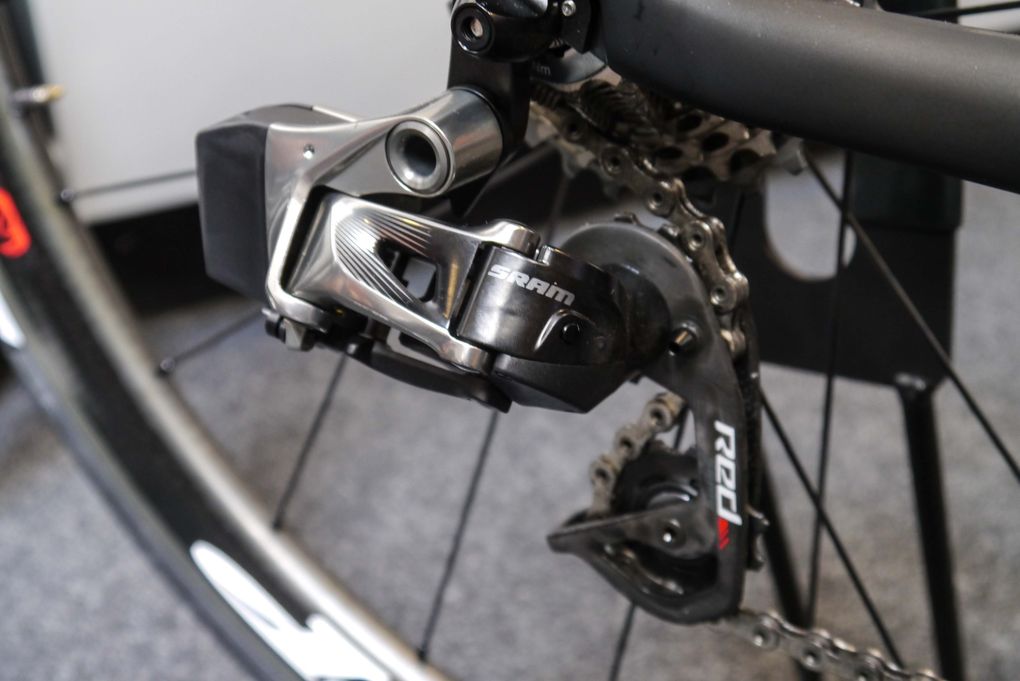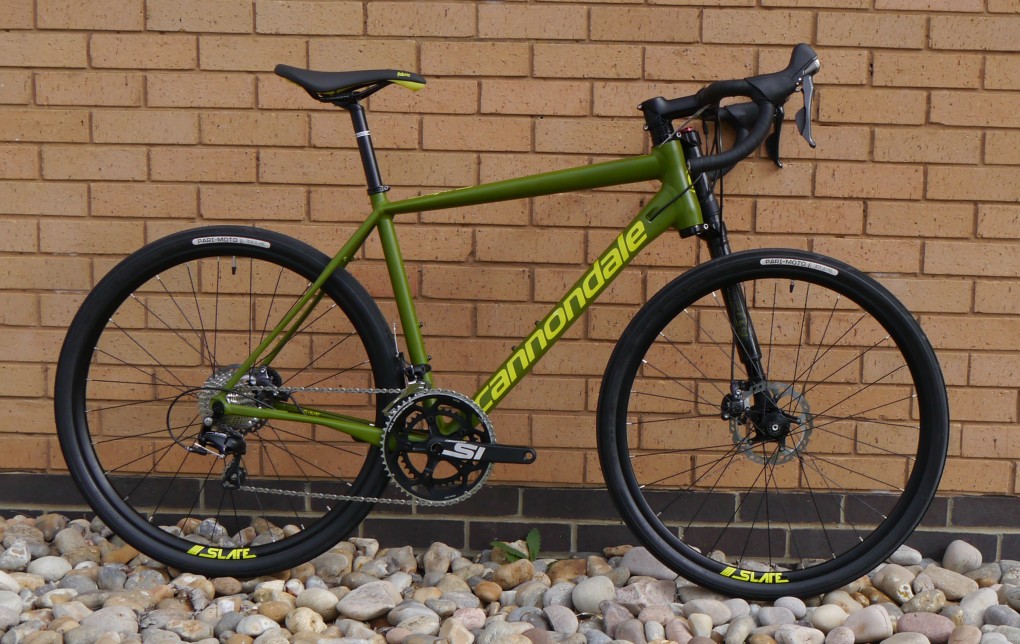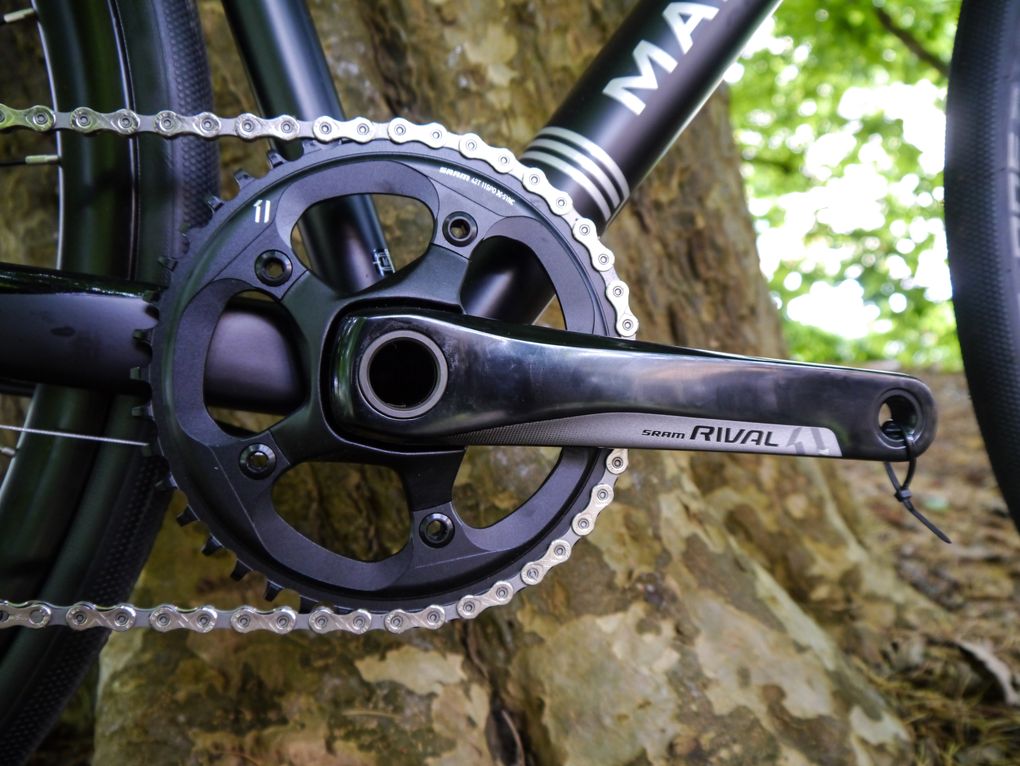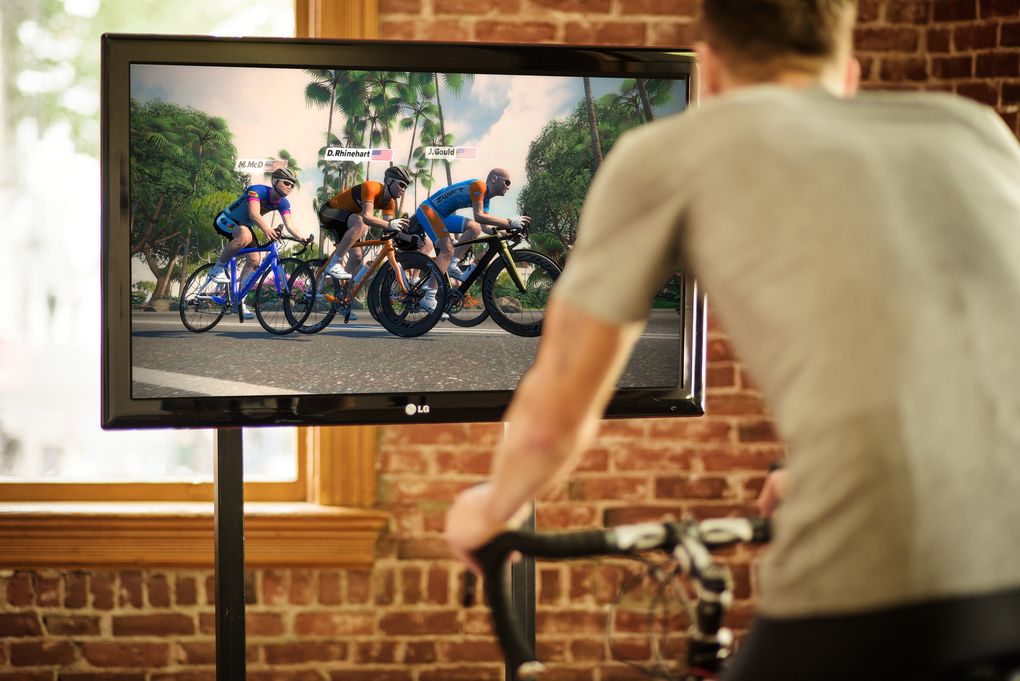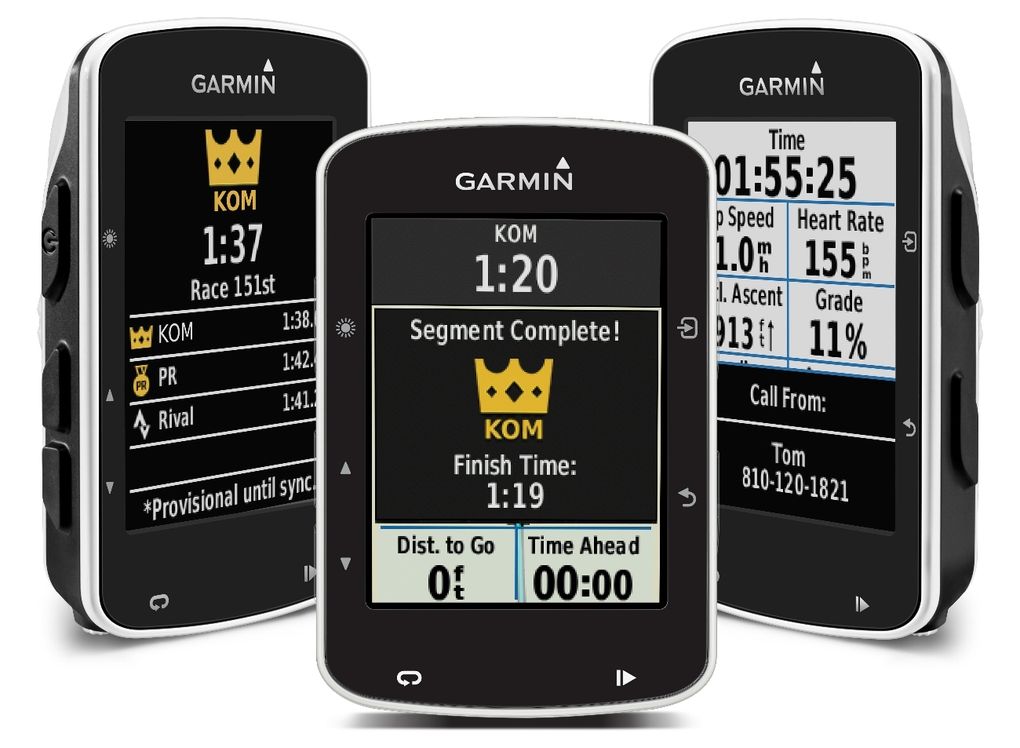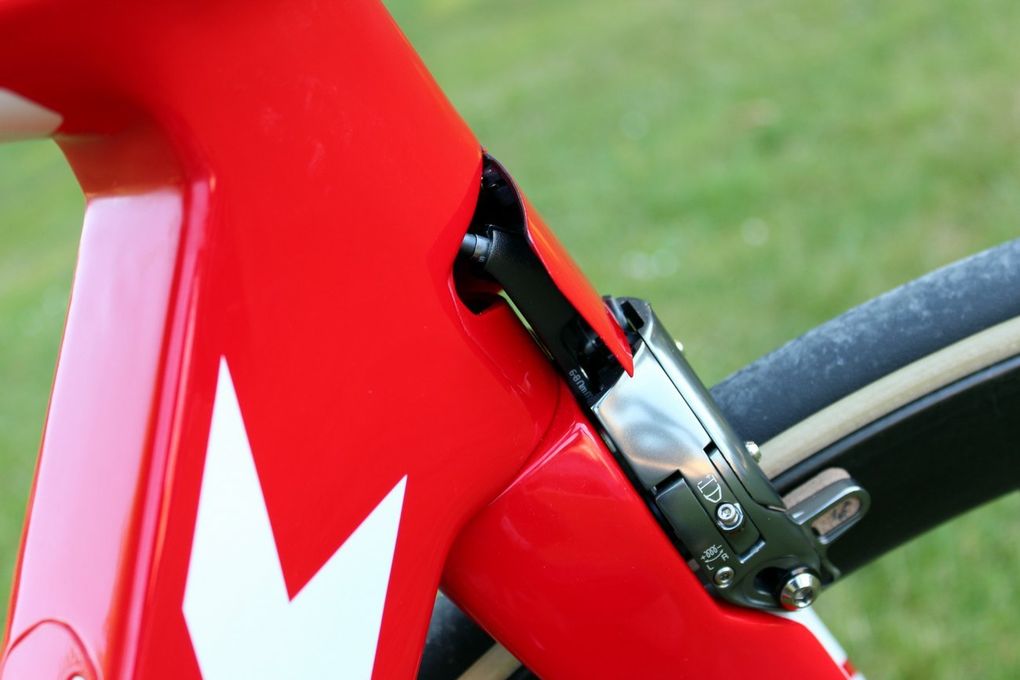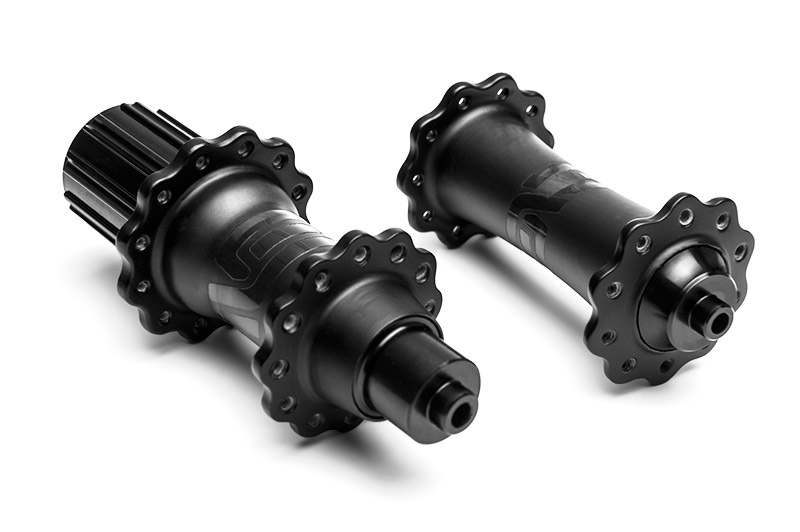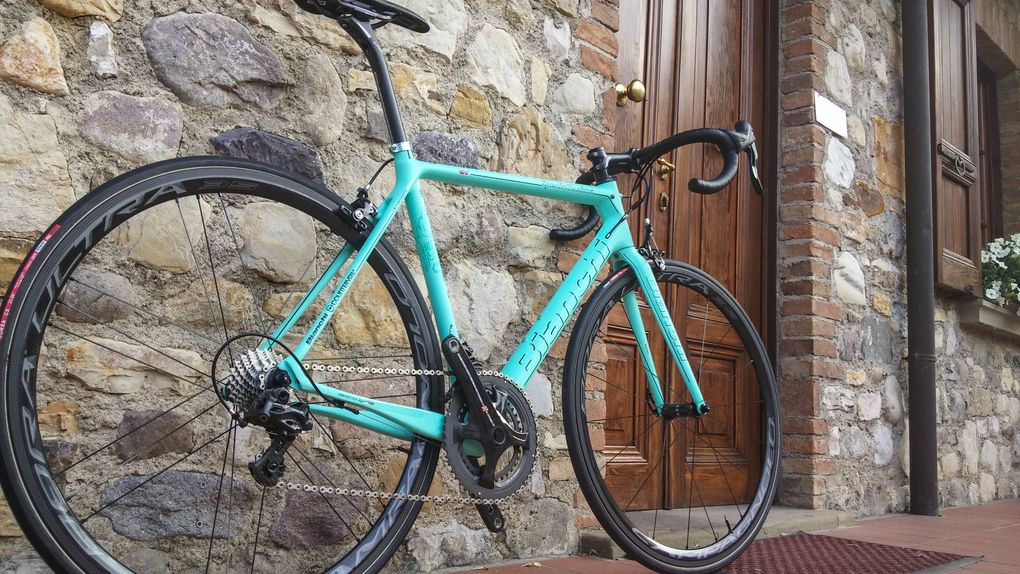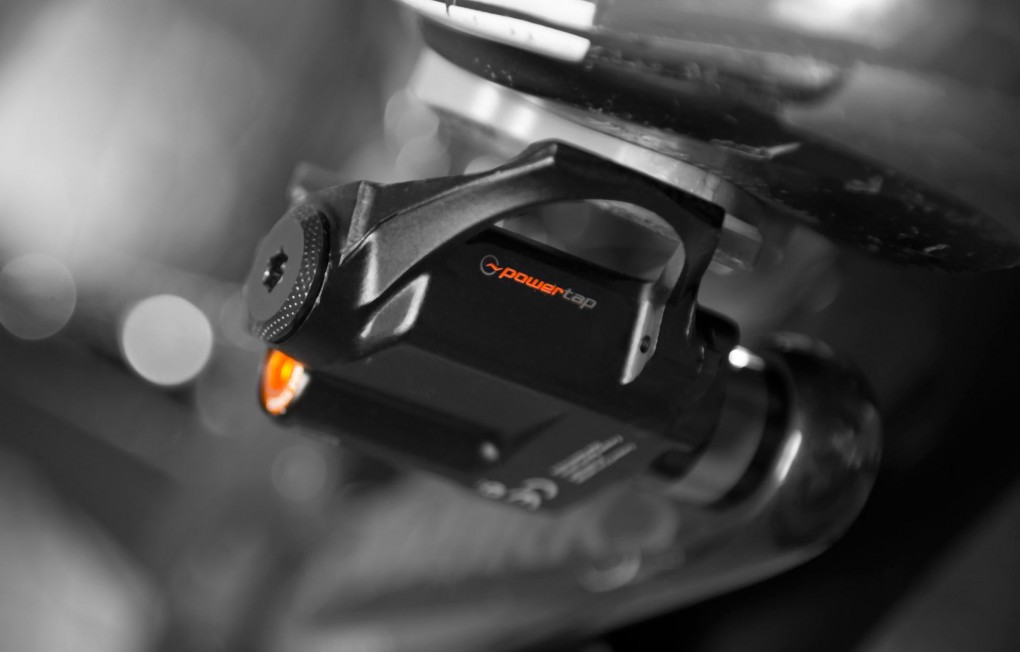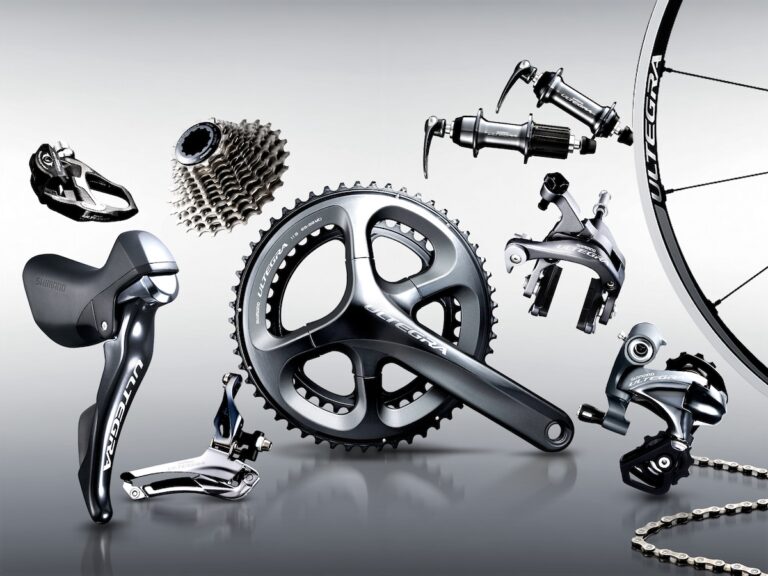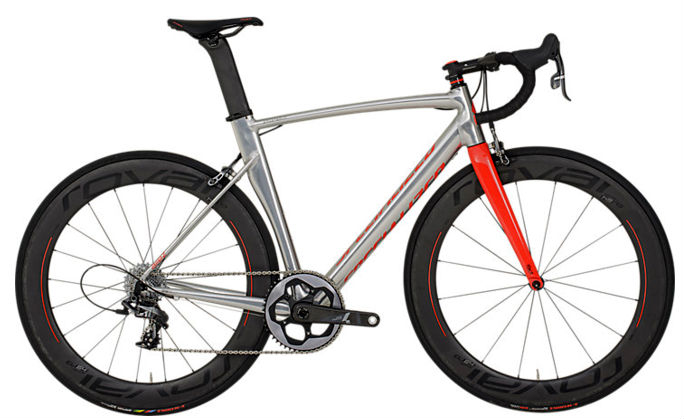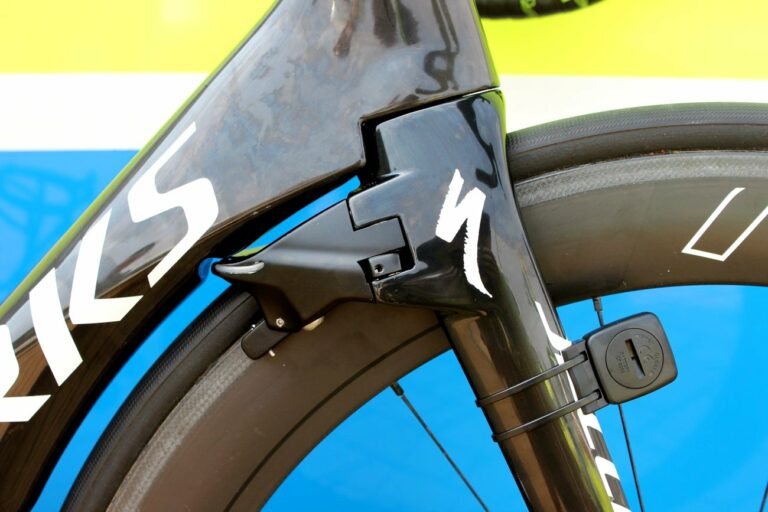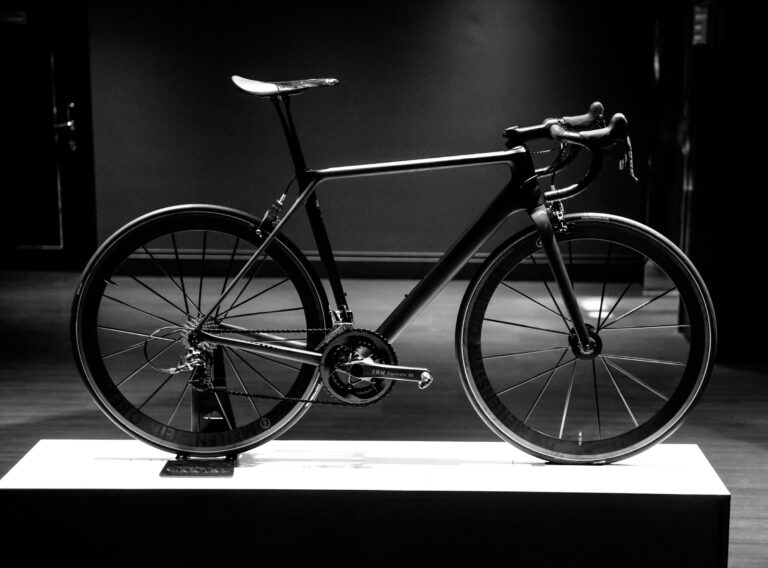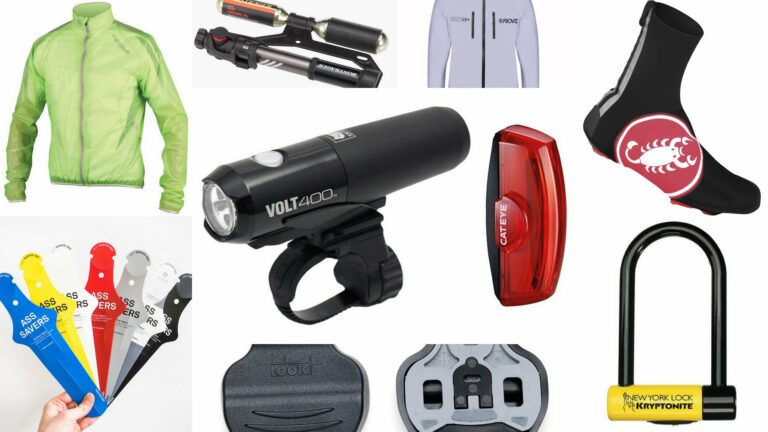Despite the fact that we spend most of our time moaning about the weather or complaining about someone stealing our Strava KOMs, it’s a really great time to be a cyclist right now.
The industry is thriving, and with that comes more invention and creativity than ever. The breadth of products available has never been better, and you can find real quality at much better prices than ever before, meaning that even if you’re on a budget you can find a bike and kit that’s far more than simply adequate.
With that in mind, we’ve rounded up nine of our favourite products from 2015. They’re products that we think have made a real difference or are blazing a trail, as well as a few that we think will be the starting points for the next generation of trickle down technology.
Here are our picks. Starting with…
SRAM Red eTap
Cynical as many may have been when electronic shifting was first released, there’s no denying that wireless shifting is a significant step forward if only because it actually rids the bike of something, rather than adding something else.
